It is now formally stated that Stad Ship Tunnel is part of the Norwegian National Transport Plan (NTP) in the period of 2018 to 2029. This paves the way for the Norwegian Coastal Administration efforts to build the world's first full-scale ship tunnel.
In the NTP 2018-2029 the Stad ship tunnel has been granted funding in the first period of the plan (six years). Calculations performed in conjunction with the technical pilot project shows that the ship tunnel has an estimated cost of NOK 2.7 billion. Funding of NOK 1.5 billion is included in the first period of the NTP, 2018 to 2023.
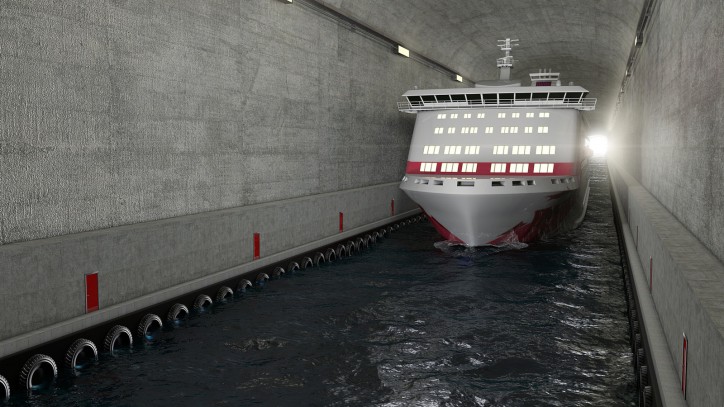
Images courtesy of KYSTVERKET
“This is good news, and in line with NCA recommendations as part of the impact assessment. There are still many pieces of the puzzle that needs to be put into place before construction can start, but we have previously stated that the actual construction could be at the earliest in 2019”, says project manager for Stad ship tunnel at NCA, Terje Andreassen.
NCAs recommendations were made on the basis of monetized and non-monetized impacts.
The impact assessment and the technical pilot project is part of the pilot project that the NCA shall deliver to the Ministry of Transport and Communication in the spring of 2017. Further, the project will undergo an external quality assurance process (KS2) before the project is presented to the Parliament, who then formally decides on project funding. During a press conference in early March this year, consensus among a majority in Parliament for the realization of the world's first full-scale ship tunnel was presented.
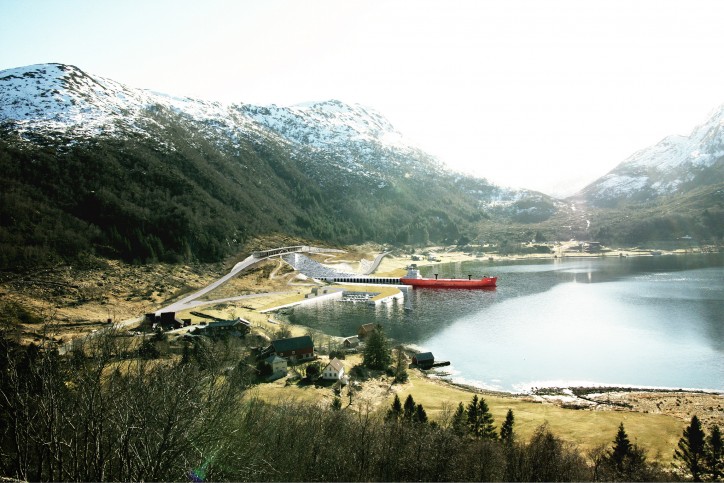
After the news that the NCA will build the world's first full-scale ship tunnel was presented, there has been a lot of interest in this innovative project, both in Norway and from abroad.
“We experience great interest in the project, beyond that it is a project that will secure safe journeys and transportation of passengers and freight on the most exposed and dangerous part of the Norwegian coast. In recent weeks, we have shared film, photographs and interviews with journalists in the UK, the US, Germany, Poland, Brazil, Argentina and Australia. We expect the interest to become even greater when the actual construction begins”, says Andreassen.
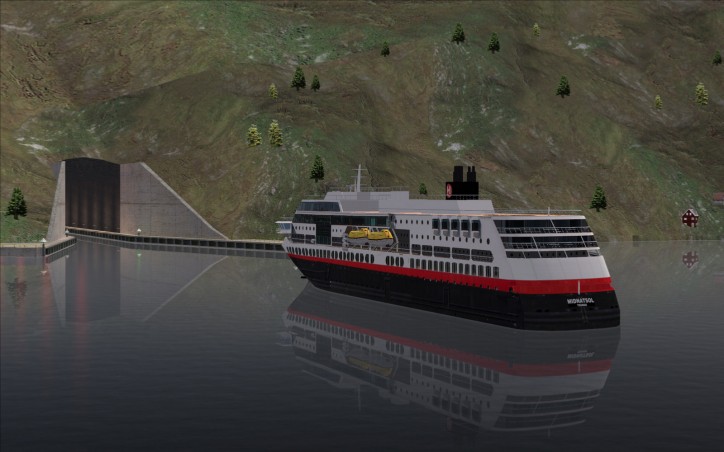
STAD SHIP TUNNEL
- The Stadhavet Sea is the most exposed, most dangerous area along the coast of Norway. The aim of this project is to allow ships to navigate more safely through Stad.
- The Storting – Norwegian Parliament – has earmarked NOK 1 billion for this project in the final period of the National Transport Plan 2014-2023.
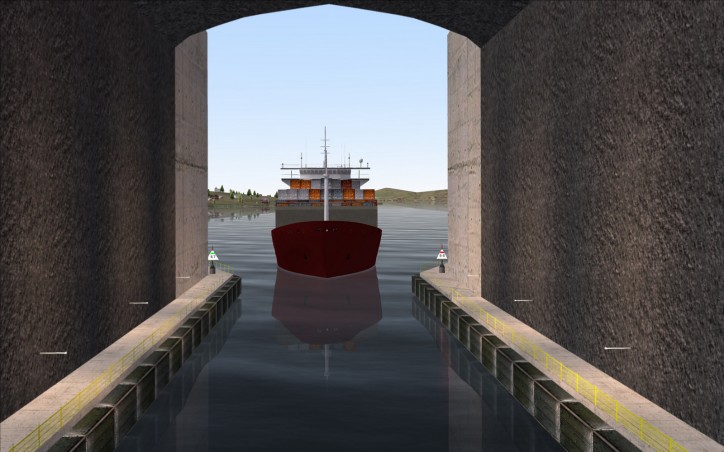
THE PROJECT
- NCA will deliver a pilot project to the Ministry of Transport and Communications in the spring of 2017. Further, the project will undergo an external quality assurance process (KS2) before the project is presented to the Parliament, who then formally decides on project funding.
- Quality assurance has been carried out (KS1 report), which was commissioned by the Ministry of Fisheries and the Ministry of Finance for KPU 2010.
- Stad Ship Tunnel is part of the Norwegian National Transport Plan (NTP), with a limit equal to the costs – estimated at NOK 2.7 billion. NOK 1.5 billion is part of the NTP that runs from 2018 to 2023.
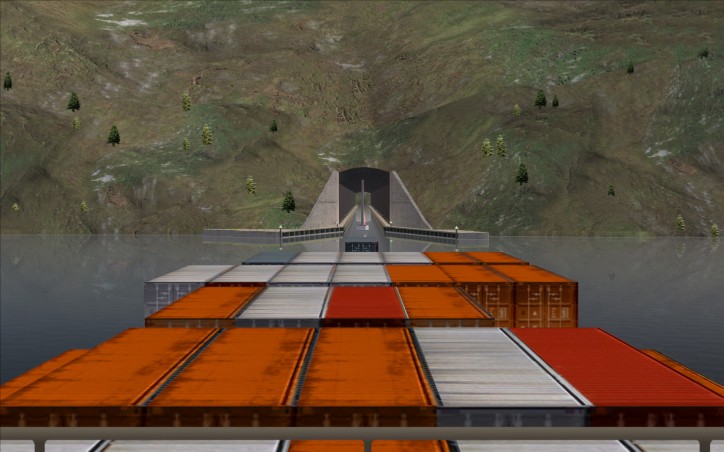
CONSTRUCTION
- Conventional blasting is envisaged using underground drilling rigs and pallet rigs.
- Work on alternative solutions, including the establishment of a new commercial area, is taking place locally.
- If the project is realized, the Stad Ship Tunnel would be the world's first full-scale ship tunnel of this size.
KEY FIGURES
- Length: 1700 metres.
- Height between ground and ceiling: 49 metres.
- Width between tunnel walls: 36 metres.
- Cross-sectional area: 1625 m2.
- Volume of solid rock to be removed: Approx. 3 million m3. Equivalent to approximately 8 million tonnes of blasted rock.
- Total costs: Approx. NOK 2,7 billion.
- Construction time: Approx. 3-4 years.
Source: The Norwegian Coastal Administration